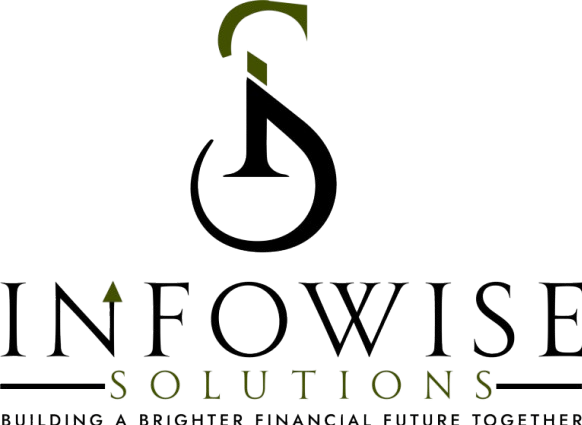
BANK & CC RECONCILIATION
Bank and Credit Card (CC) reconciliation involves comparing a company’s financial records with bank or credit card statements. This process ensures accuracy, detects discrepancies, and maintains reliable financial reporting.
ACCOUNTS PAYABLE & RECEIVABLE FUNCTION
Accounts Payable and Receivable functions manage a company’s cash flow. Accounts Payable ensures timely payments to suppliers, while Accounts Receivable handles customer invoicing and collections, maintaining financial stability and relationships.
PAYROLL CALCULATION & TDS/PF/ESI PAYMENTS
Payroll calculation involves determining employee salaries, wages, bonuses, and deductions. It includes calculating TDS (Tax Deducted at Source), PF (Provident Fund), and ESI (Employee State Insurance) contributions, followed by timely payments to authorities for compliance with tax and labor regulations.
MONTHLY BALANCE SHEET, PROFIT & LOSS REPORTING
Monthly Balance Sheet and Profit & Loss reporting involve preparing financial statements that summarize a company’s financial position (assets, liabilities, equity) and performance (revenues, expenses, profits) for a specific month, ensuring accurate financial tracking and decision-making.
FINANCIAL RATIOS REPORTING
Financial ratios reporting involves analyzing a company’s financial performance by calculating key ratios such as liquidity, profitability, and solvency. These ratios help stakeholders assess the company’s efficiency, risk, and overall financial health.
INVENTORY MANAGEMENT & RECONCILIATION
Inventory management involves tracking and controlling stock levels to meet demand while minimizing excess. Reconciliation ensures the physical inventory matches recorded data, identifying discrepancies and maintaining accurate financial records for efficient operations.
BUDGETING QUARTERLY/YEARLY
Quarterly/Yearly budgeting involves creating financial plans that outline expected revenues, expenses, and savings over a specific period. It helps businesses allocate resources, control costs, and set financial goals to ensure stability and growth.
CASH/REVENUE/EXPENSES FORECASTING
Cash, revenue, and expenses forecasting involves predicting future financial performance by estimating cash flow, expected income, and anticipated expenses. This helps businesses plan for liquidity, allocate resources effectively, and make informed financial decisions.
KPI REPORTING
KPI (Key Performance Indicator) reporting involves tracking and analyzing metrics that reflect a business’s performance in achieving strategic objectives. It helps measure efficiency, productivity, and growth, providing insights for decision-making and improvement.
STRATEGIC ADVICE ON MANAGING REVENUE, EXPENSES, CASH FLOW
Strategic advice on managing revenue, expenses, and cash flow involves optimizing income sources, controlling costs, and forecasting cash needs. It includes budgeting, identifying areas for efficiency, maintaining liquidity, and planning for financial stability and growth.
PLANNING FOR TAXES
Planning for taxes involves strategically managing finances to minimize tax liabilities. This includes tax-efficient investments, optimizing deductions, understanding applicable tax laws, and ensuring timely filings to achieve compliance and maximize savings.
